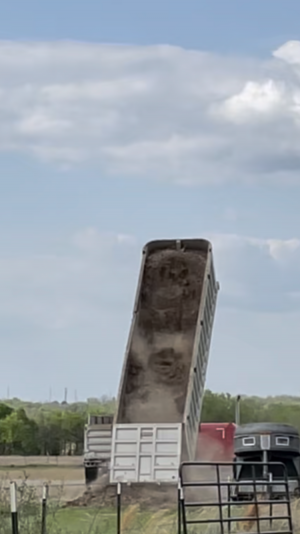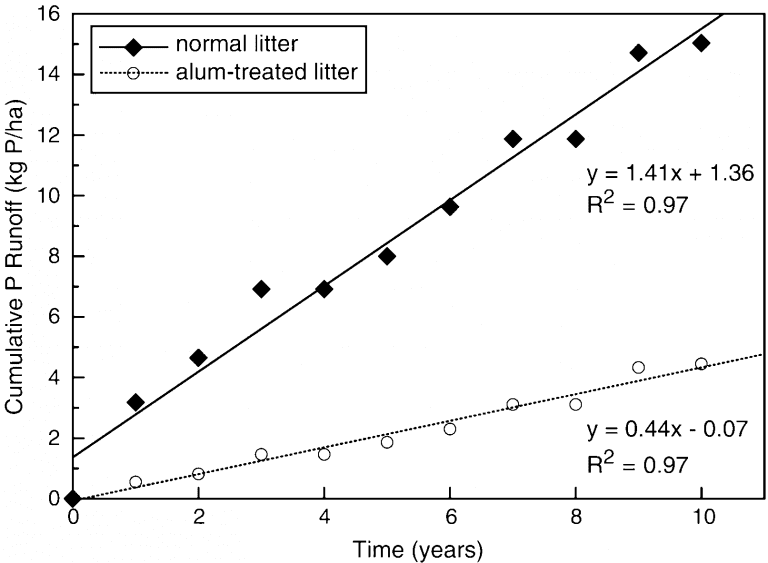ValleyView
Well-known member
After a few years of trying to just get by with a little fertilizer and little seed here and there, I finally bit the bullet and had 60 tons delivered. Will be spreading in the next week or two.
My place is very P&K deficient so hoping to see some real improvements this year.
For those that routinely use litter, do you all incorporate or just let it soak in over time? This will primarily be going on "go back land" with crabgrass, fescue and Johnsongrass.
My place is very P&K deficient so hoping to see some real improvements this year.
For those that routinely use litter, do you all incorporate or just let it soak in over time? This will primarily be going on "go back land" with crabgrass, fescue and Johnsongrass.


